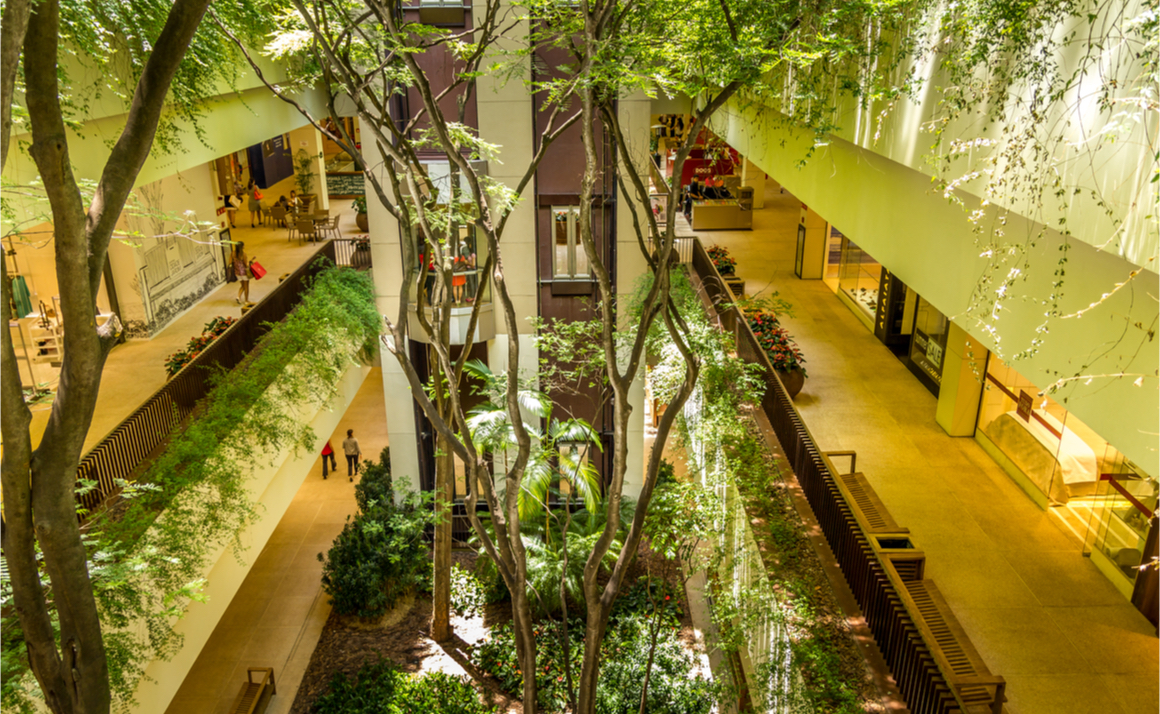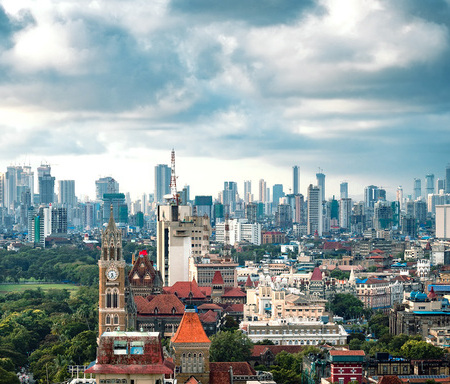
Five tips for making retail properties more sustainable
More and more landlords are focused on improving the sustainability of their assets, in order to reduce costs, to meet the requirements of new legislation or to help match their own environmental, social and governance (ESG) targets.
Retail assets are often considered to be harder to make sustainable, because they often have a large number of tenants, considerable footfall and, in Asia’s warmer locations, the need for constant temperature control during opening hours. Landlords also need to be cognizant of the role that shopping centres play in Asia as a hub for amenities and socialising in dense cities.
However, there is much that can be done, says Sam Crispin, Head of Sustainability and ESG at Savills Asia Pacific. “When refitting or refurbishing retail properties, there is much that can be done which is not unique to the sector. However, there are also a number of ways in which retail assets in particular can be made more sustainable. A focus on the often overlooked ‘social’ aspects of sustainability can reap rewards.”
Here are a few suggestions for making retail properties more sustainable:
Use green leases
Asset owners will not get very far in sustainability unless they can co-opt their tenants. Green leases create a framework in which both landlord and tenant commit to sustainable fit-outs, energy efficiency, recycling and social inclusion.
Grow community roots
Landlords should aim to attract smaller independent operators based in the local area, with a proven track record and an interest to expand into an international-standard environment. A broader range of tenants across a portfolio also adds income security.
Measure everything
How can you improve sustainability if you don’t know what you are improving? Deciding the most important sustainability performance metrics and monitoring them keeps landlords and tenants on track. Green leases don’t work without it.
Recycle (almost) everything
Walking around a busy shopping area, it can sometimes seem as if half the retailers are on their way in or out, a natural consequence of Asia’s shorter leases. However, inefficient fit-outs can generate substantial waste. Encourage and incentivise the use of recycled materials and of reusing existing fit outs wherever possible.
Fit sun pipes
Fitting sun pipes, which funnel natural light into the interior of an asset has a dual positive effect. It reduces the cost of artificial lighting and also creates a more natural and pleasant environment for staff and for customers, who may well linger and spend as a result.
Further reading:
Savills ESG articles
Contact us:
Simon Smith



